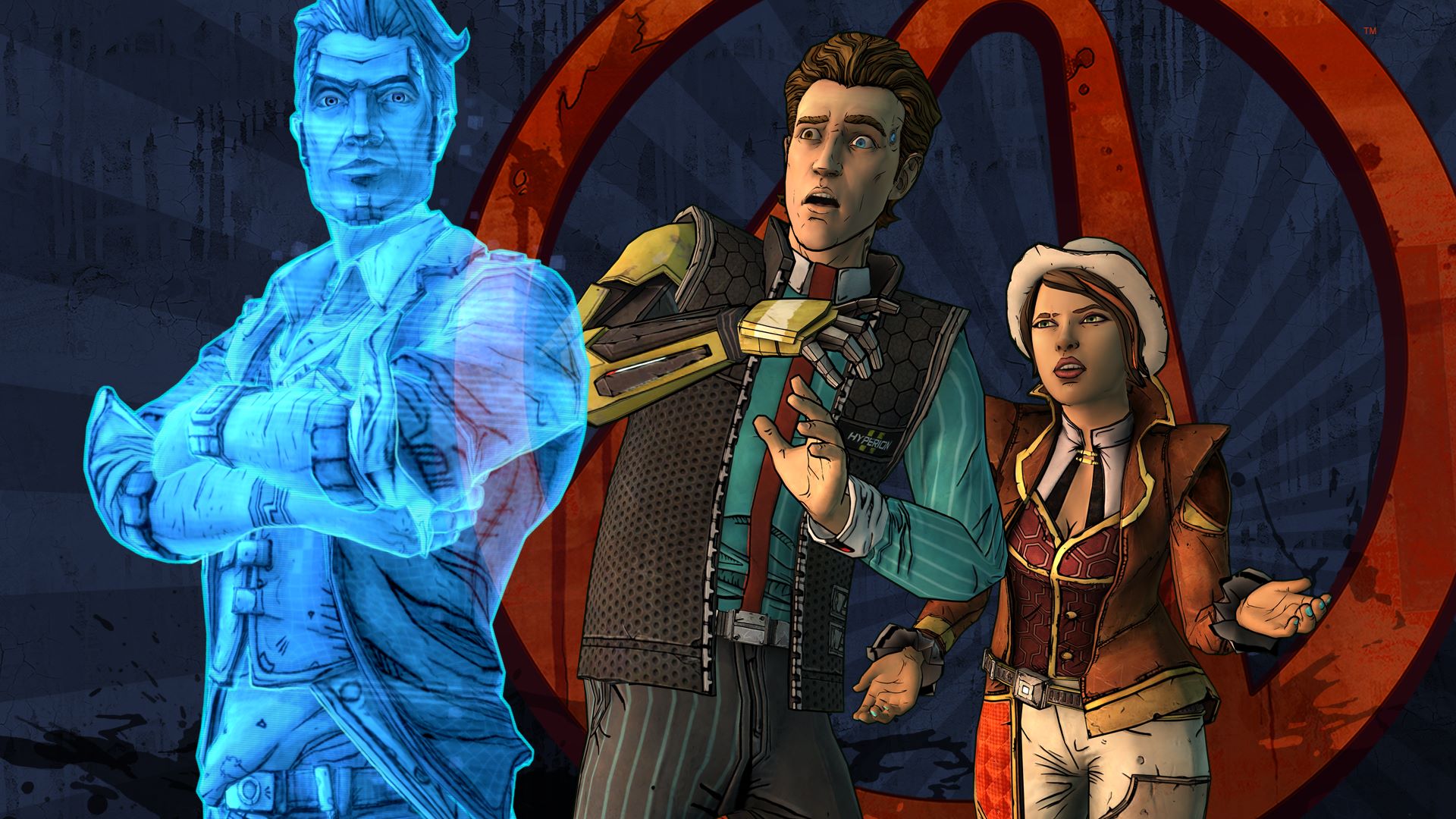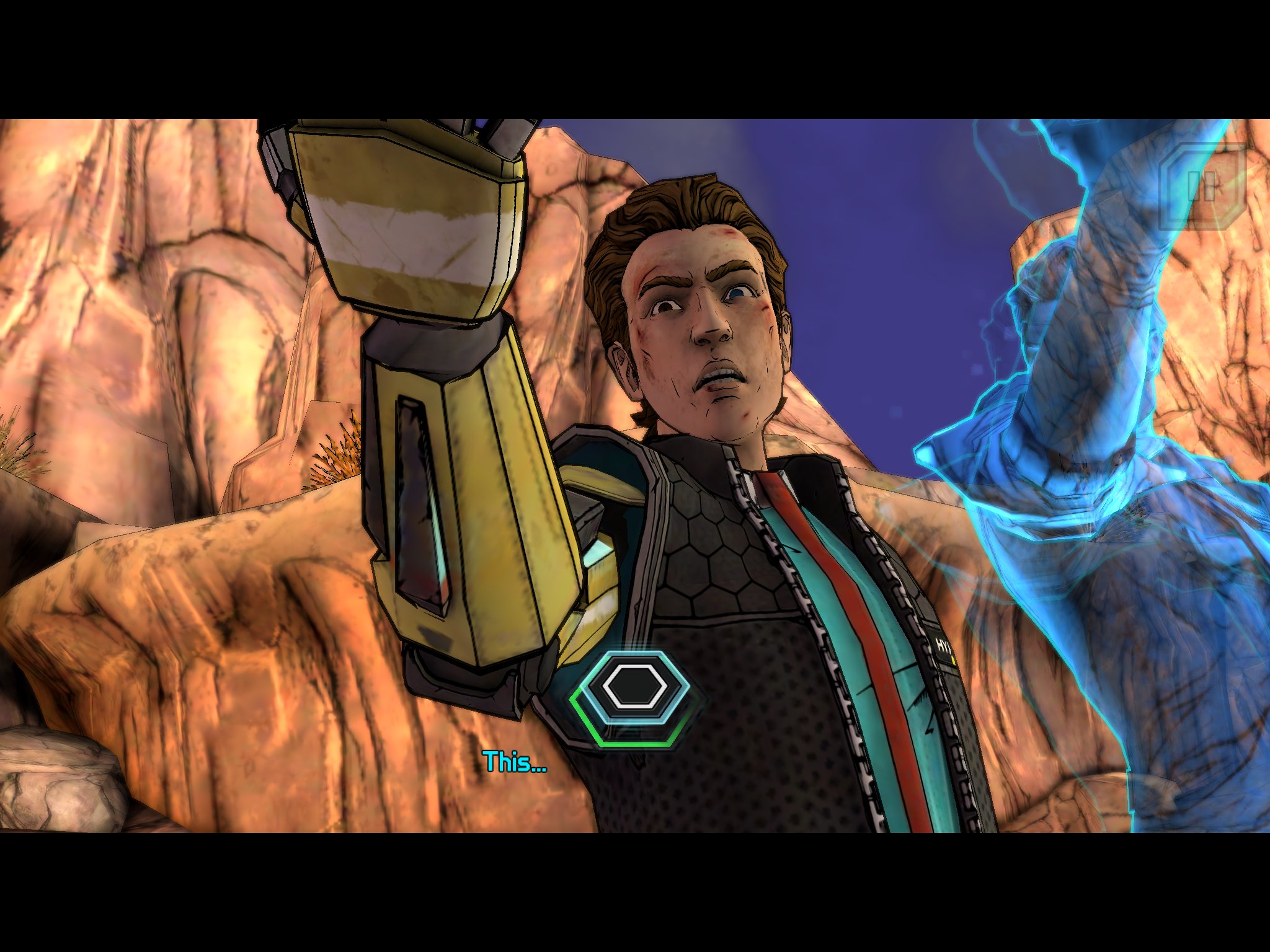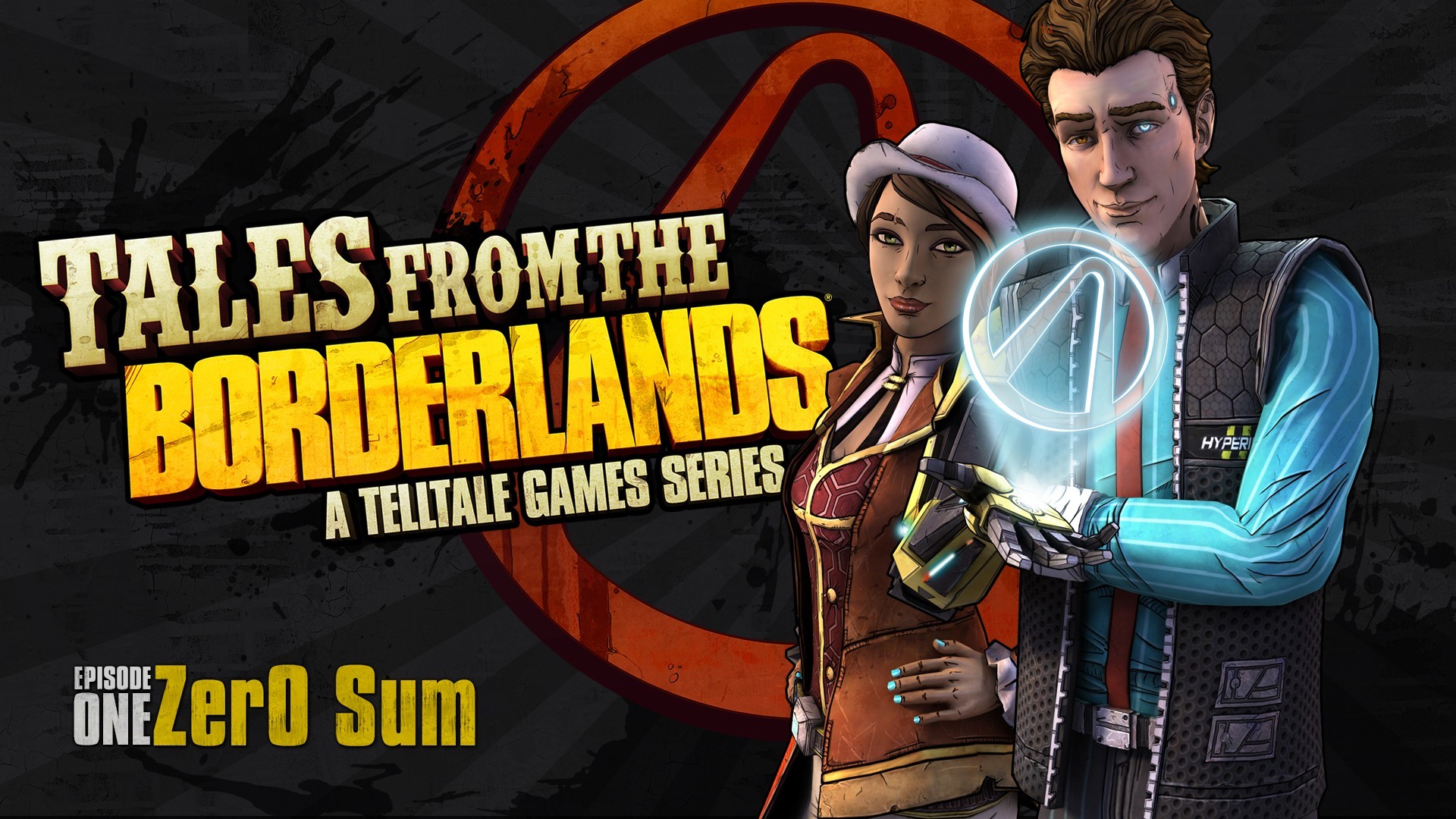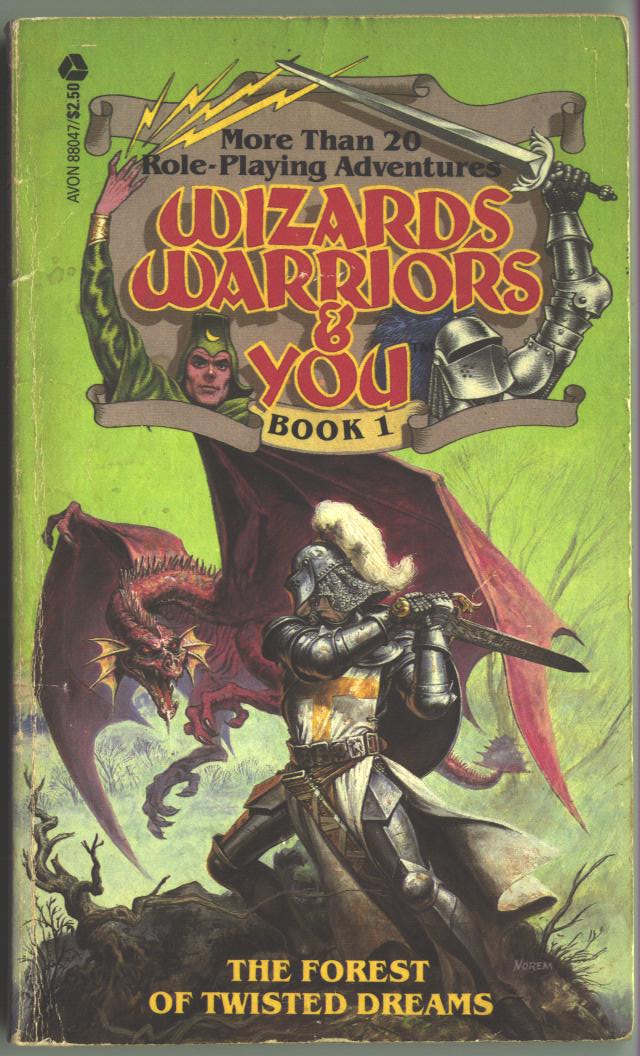As the Corruption spreads across the land, infecting animals and terrain alike, it is up to a single family to push back the darkness; the Bergsons. They are tasked with bringing light to fight the shadows that have consumed Mount Morta, and in the process, discover the truth behind the corruption. While seeking the truth, each family member finds that they have something to contribute to the cause and raises their sword (or hammer/daggers/staff) in support.
Children of Morta’s story mode sports hack-and-slash dungeon crawler gameplay with rogue-like elements. Through the course of the game, the player uses different Bergson family members to navigate the beautiful modern pixelated levels. While the levels are procedurally generated, the boss battles for each sector stay the same. The main connection to the rogue-lite genre lies in the game’s random level generator and having to restart an entire area upon death. That said, meta progression is strong and you won't find yourself caught up for too long. For more of a challenge, players can either A) increase the difficulty, or B) play the game’s rogue-lite-specific mode (which cuts most meta progression and is more demanding).
Upon booting up the game, I could see the care and attention that went into the beautifully realized world of Children of Morta. The modernized pixel art is vibrant and elegant. The detail is evident, and the shadow and lighting play is top-notch. Each character's design is distinct, despite their simplicity. And the Bergson's home, which was crafted to exude warmth and comfort, does so with ease. Playing this game puts the player back at the Bergson estate quite frequently between runs (either from death or from completing a dungeon), so it’s nice to feel comforted when I was welcomed home.
The story is narrated much in the same way as a story book, or popular indie darlings like Bastion. Ed Kelly lends his smooth voice to the narrator role and injects just the right amount of balance of emotional investment. He seems to care for this family of heroes, and it helped get me invested, even when I found the writing trite. The attempt to create a gripping tale involving this unique family shows a lot of heart, care, and attention. The writing sometimes does this a disservice, as the narrator’s lines sound like they could be plucked right out of a book titled “Generic Fantasy Mumbo Jumbo 101”. This isn't to say it’s all bad, far from it.
Sometimes when one of the Bergsons comes back from a dungeon, I was greeted with a cutscene. Unfortunately, they never added a pause button during cutscenes, so if someone needed to ask me something in the real world, I would have to ask them if they could wait a few moments. A rather odd oversight. While I generally enjoyed the cutscenes, as they expanded the world and lore, they didn't always feel properly paced. When you first start a dungeon, every time you die or complete a floor, you'll get new cutscenes. Then they dry up for a while, leaving an opening until you get to your next dungeon. Some cutscenes are very short and feel randomly placed. For most of the game, however, they are quite welcome.
The beauty of Children of Morta’s gameplay is in the character variety. Instead of simply having new weapons to unlock over multiple runs, you unlock new characters, each with their own unique abilities and skill trees. My favorite part about these skill trees is that leveling up one Bergson helps all Bergsons. For instance, if you reach a certain level with Lucy, all characters will spawn with a gemstone when they start a run, level her up further and she’ll create a distraction for another character when they’re in a tight spot! This helped me to level up characters that I wasn't initially as fond of (Mark and Kevin) and learn how to use them with less consequence. Mark and Kevin were initially a bit too squishy and needed to be close to damage enemies, so it took a while for me to adapt to them, but in the end, I enjoyed all of the characters. I appreciated that the game gives characters fatigue (which you can clear with a rare egg). This makes it difficult to do too many consecutive runs with a character because their initial health will be reduced (more and more each time). Giving them a break means trying another character. Thankfully they're all enjoyable (though Lucy was always my favorite). The only issue I had with having so many characters was the effect it had on cutscenes. The narrator would always say “the Bergson” (i.e. “The Bergson looked upon the corpse in horror.”) instead of the character’s name, which I understand from a financial and development point of view. But it was at times immersive breaking, especially when playing with the add-on character who wasn't a Bergson.
The game provides a good amount of diversity between its three main levels (which are divided into sub-levels) but doesn't offer much challenge later in the game. For instance, I beat the final boss with almost no effort. While far from being a reason to dislike the game, it did make the end feel less rewarding than it should have been. The enemy and boss battle variety is solid, especially considering the length of the game. I always enjoyed running into a red or yellow-outlined enemy for a higher challenge. The enemies are quite different depending on the biome, and it’s fun to figure out how enemies react to different characters' moves and devise a strategy.
I did experience a few mishaps throughout the game where my character froze or the game froze on the loading screen. When my character froze the few times I died and collected my earnings (though it was annoying because it also added fatigue to a character I wanted to continue using). In the case of the loading screen, I had to reset my system, which meant I lost all progress running through the level. It didn’t happen many times thankfully, but still irritating.
Sometimes when one of the Bergsons comes back from a dungeon, I was greeted with a cutscene. Unfortunately, they never added a pause button during cutscenes, so if someone needed to ask me something in the real world, I would have to ask them if they could wait a few moments. A rather odd oversight. While I generally enjoyed the cutscenes, as they expanded the world and lore, they didn't always feel properly paced. When you first start a dungeon, every time you die or complete a floor, you'll get new cutscenes. Then they dry up for a while, leaving an opening until you get to your next dungeon. Some cutscenes are very short and feel randomly placed. For most of the game, however, they are quite welcome.
The beauty of Children of Morta’s gameplay is in the character variety. Instead of simply having new weapons to unlock over multiple runs, you unlock new characters, each with their own unique abilities and skill trees. My favorite part about these skill trees is that leveling up one Bergson helps all Bergsons. For instance, if you reach a certain level with Lucy, all characters will spawn with a gemstone when they start a run, level her up further and she’ll create a distraction for another character when they’re in a tight spot! This helped me to level up characters that I wasn't initially as fond of (Mark and Kevin) and learn how to use them with less consequence. Mark and Kevin were initially a bit too squishy and needed to be close to damage enemies, so it took a while for me to adapt to them, but in the end, I enjoyed all of the characters. I appreciated that the game gives characters fatigue (which you can clear with a rare egg). This makes it difficult to do too many consecutive runs with a character because their initial health will be reduced (more and more each time). Giving them a break means trying another character. Thankfully they're all enjoyable (though Lucy was always my favorite). The only issue I had with having so many characters was the effect it had on cutscenes. The narrator would always say “the Bergson” (i.e. “The Bergson looked upon the corpse in horror.”) instead of the character’s name, which I understand from a financial and development point of view. But it was at times immersive breaking, especially when playing with the add-on character who wasn't a Bergson.
The game provides a good amount of diversity between its three main levels (which are divided into sub-levels) but doesn't offer much challenge later in the game. For instance, I beat the final boss with almost no effort. While far from being a reason to dislike the game, it did make the end feel less rewarding than it should have been. The enemy and boss battle variety is solid, especially considering the length of the game. I always enjoyed running into a red or yellow-outlined enemy for a higher challenge. The enemies are quite different depending on the biome, and it’s fun to figure out how enemies react to different characters' moves and devise a strategy.
I did experience a few mishaps throughout the game where my character froze or the game froze on the loading screen. When my character froze the few times I died and collected my earnings (though it was annoying because it also added fatigue to a character I wanted to continue using). In the case of the loading screen, I had to reset my system, which meant I lost all progress running through the level. It didn’t happen many times thankfully, but still irritating.
Dead Mage has concocted a neat little title that blends traditional dungeon crawling with a few rogue-lite elements in a beautifully wrapped package. Though Children of Morta's story didn't always grip me due to some generic fantasy writing, it still managed to keep my interest enough with its interesting setting and charm. Even if I found that the writing could sometimes come off as cheesy, it was still a pleasure to hear Ed Kelly narrate it. While by no means the best rogue-lite-inspired game, Children of Morta is still a game worth exploring for its visual beauty and fun gameplay variety. If you've never played the rogue-lite genre, this may be a great entry point. Oh, and it drop in has co-op.
--
The Math
Objective Assessment: 7.5/10
Bonus: +1 for beautifully realized art, world, and lore. +1 for fun character selection.
Penalties: -1 for some trite writing. -1 for occasional bugs.
Nerd Coefficient: 7.5/10
Posted by: Joe DelFranco - Fiction writer and lover of most things video games. On most days you can find him writing at his favorite spot in the little state of Rhode Island.












































